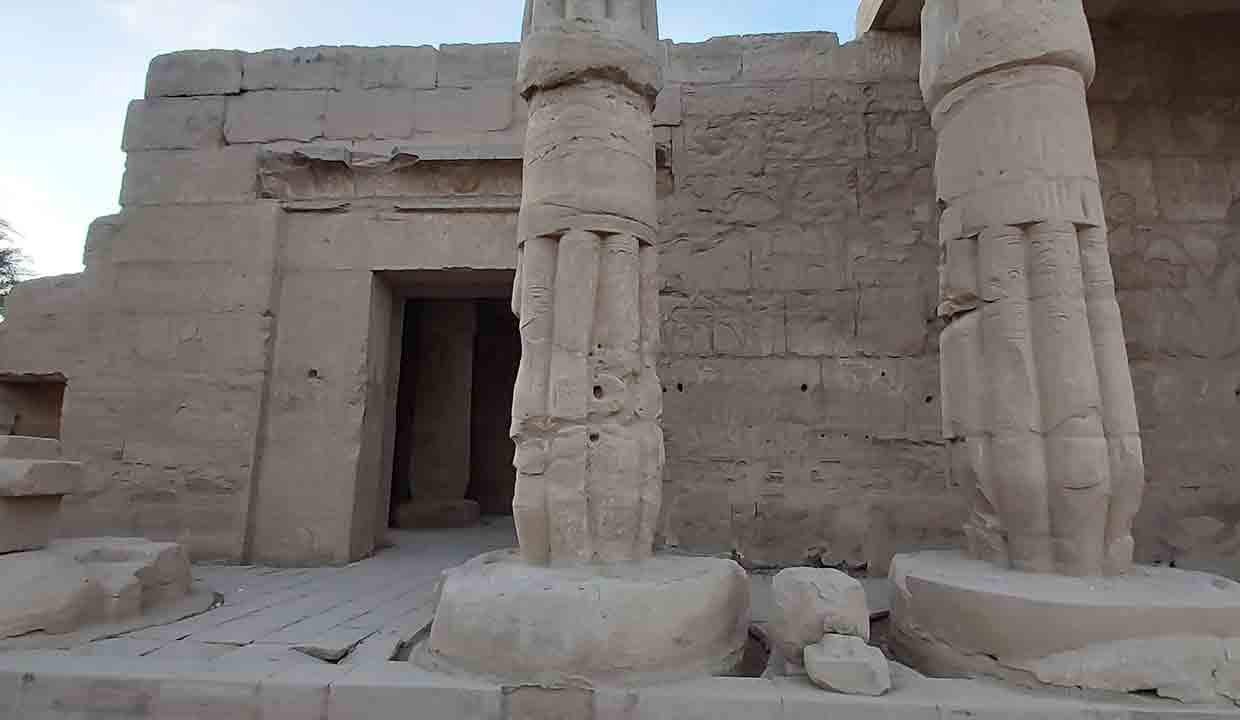Unearth Pharaoh secrets! Dive deep into Mortuary Temple of Seti I’s sacred Theban sanctuary.
The Mortuary Temple of Seti I, an architectural gem in Upper Egypt, stands as a testament to the grandeur of ancient Egyptian civilization. Located in the Theban Necropolis, it overlooks the sprawling River Nile and the contemporary city of Luxor. As one delves deeper into its history, artistry, and relevance, it becomes evident that the temple is not just an ancient monument but a story-teller of a Pharaoh’s life, reign, and his ties to divinity.
Location and Historical Setting
Positioned near the town of Qurna, the Mortuary Temple of Seti I is surrounded by a myriad of other funerary monuments that give the Theban Necropolis its immense historical and archaeological value. The vicinity of Luxor has been the focal point for many ancient Egyptian dynasties, primarily for its strategic location along the Nile.
Architectural Splendor
The Mortuary Temple of Seti I stands out for its intricate reliefs, captivating wall carvings, and architectural brilliance. Designed as a ‘Mansion of Millions of Years,’ a term used by the ancient Egyptians to refer to such temples, it was a place where the Pharaoh’s spirit could be venerated for eternity. The temple complex is divided into multiple sections, each serving a unique purpose.
A series of courtyards lead visitors into the temple’s sanctum, revealing scenes of Seti I alongside various deities. A closer examination of the reliefs showcases the fine limestone carvings, painted with vibrant colors, that have, surprisingly, withstood the test of time.
The temple also bears evidence of the short-lived reign of Seti’s son, Pharaoh Ramesses II. The younger Pharaoh continued the temple’s construction, but in a softer sandstone, distinguishing his contributions from that of his father.
Religious Significance
One of the primary purposes of mortuary temples was to honor and deify the pharaohs after their passing. This temple was no exception. Daily rituals, offerings, and ceremonies took place to ensure that Seti I’s legacy lived on, both in the mortal realm and the divine.
Wall inscriptions describe religious rituals, festivals, and tales of the gods. These inscriptions, coupled with the detailed depictions of Seti I making offerings to the gods, reinforce the Pharaoh’s divine status and his eternal connection with the gods of the Egyptian pantheon.
Conclusion
The Mortuary Temple of Seti I is a confluence of history, art, religion, and now, digital modernity. As one of the most remarkable temples in the Theban Necropolis, it embodies the essence of New Kingdom architectural and religious thought.
